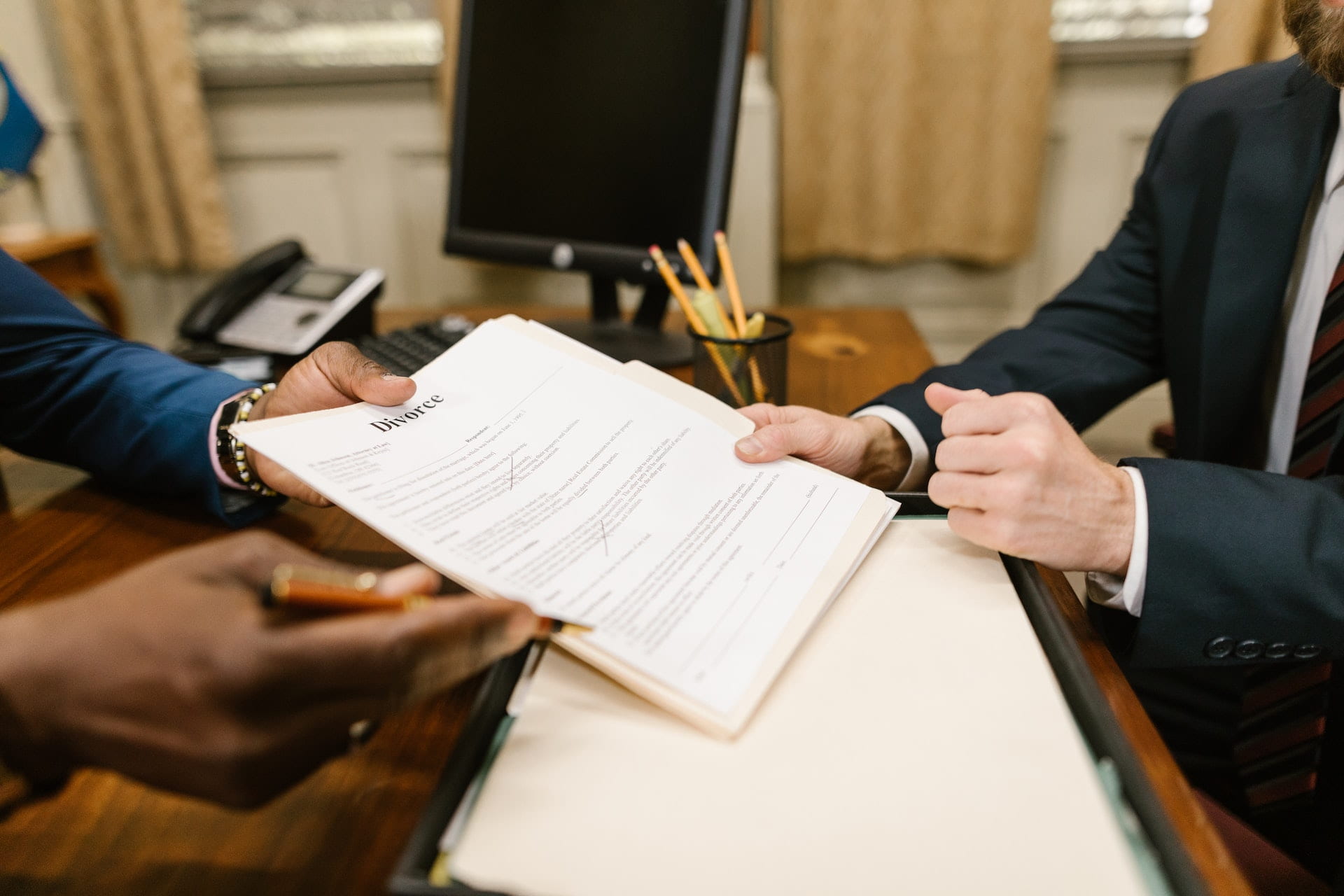When a husband and wife mutually determine that they can no longer cohabitate and that divorce is the best solution, their divorce lawyer files a petition for mutual consent divorce before the court without bringing any charges against one another. This is referred to as mutual consent divorce.
According to studies, mutual consent divorce is one of the quickest ways to get a divorce in India since other options take too long. However, before proceeding to court, both parties should seek legal consultation from their respective attorneys.
There are two kinds of divorce. One is by Mutual Consent Divorce, and one is by Contested Divorce. In this blog, we will deal with mutual consent divorce.
For a Mutual Consent Divorce to be granted, the following requirements must be met:
- The parties must have lived separately for at least a year before filing for mutual consent divorce. It’s unclear if the legislators intended for the parties to live apart freely or as a consequence of external circumstances such as situation or position.
- However, as long as the parties’ requirement for separate living under the same roof of the marital residence or in a separate domicile is addressed, it does not appear necessary for the court to investigate that matter.
- The court should not proceed beyond the statutory requirement of jurisdiction unless any of the petitioners’ consent is tainted by coercion, fraud, or undue influence.
- The parties have been unable to cohabit for whatever reason. In other words, they are incompatible and cannot be resolved.
- The parties’ free permission is required for the marriage dissolution agreement.
- The parties may withdraw the mutual consent divorce petition at any time. The petition may be withdrawn at the request of any party within six months of its filing date.
- The unilateral authority of a party to withdraw the petition appears to be limited, however, when the parties make a joint move to initiate an investigation after six months but before the expiration of eighteen months from the day the petition was presented.
How to File for a Mutual Consent divorce?
There are several steps involved in obtaining a mutual consent divorce. Filing a petition is frequently the initial step in the amicable divorce procedure in India, according to the Hindu Marriage Act. This procedure also includes two moves. The following are the critical actions:
- File a joint petition
In the first stage, a joint petition must be filed with the relevant family court after seeking legal consultation from a divorce lawyer. This joint petition must be signed by both parties.
A joint declaration from both parties saying that they are unable to cohabitate due to irreconcilable differences and should be granted a divorce is included in the mutual consent divorce petition.
- Attendance of Both Parties in Court
Following the filing of the mutual consent divorce petition, the second stage of the process is the attendance of both parties in court. The court determines when all parties and their divorce counsel must appear.
- Petition review by the court
The court then carefully reviews the mutual consent divorce petition and the documentation presented by the parties. If the court is satisfied, it orders that the parties’ sworn declarations be recorded.
Occasionally, the court will attempt to mediate a settlement between the parties. The mutual consent divorce procedure is launched when the parties are unable to reach an agreement.
- Statement recording and determination on First Move
After the parties’ statements have been recorded under oath, the court reaches a decision on the first move. After then, the parties have six months to file the second motion, which they must do. This must be presented within 18 months of the filing of the first motion petition.
- Appearing for Second Motion:
If neither party has reached an agreement to reconcile by the conclusion of the reconciliation period or six months after the first motion, the parties may appear for the final hearing on the second motion.
In addition, the parties must attend court and submit testimony. The Supreme Court has declared unequivocally that the six-month period is not obligatory and may be waived at the discretion of the court.
If the second motion is not submitted within the specified 18-month term, the court will not give a mutual consent divorce decree. Furthermore, it is clear from the clause and case law that one of the parties may withdraw their agreement at any time prior to the decree’s entry.
- Court Decision
Both parties’ free permission is required for a mutual consent divorce to be granted. In other words, the court cannot issue a mutual consent divorce ruling unless the husband and wife are totally in agreement on the dissolution of the marriage and the court is completely satisfied.
Based on the declarations provided by the parties and the individual facts and circumstances of the cases, the court provides the appropriate orders and dissolves the marriage. When the court issues the divorce decree, the mutual consent divorce becomes legally final.
What documents are required for a mutual consent divorce?
The following documents would be required for a mutual consent divorce:
- Address evidence of the husband
- Address evidence of the wife
- Details about the husband and wife’s present occupations and earnings
- Marriage Certificate
- Family background information
- Photographs of a husband and wife getting married
- Evidence that the husband and wife have been apart for more than a year.
- Evidence of failed reconciliation initiatives
- Income tax statement
- Asset and property information for the parties
- Other documentation may be required depending on the facts and circumstances of the individual case.
Conclusion
While mutual consent divorce is the healthiest method to dissolve a marriage, it is critical to examine the long-term consequences. Both couples must endeavor to dissolve their marriage amicably without generating more stress or suffering.
A joint petition must be submitted to the relevant family court as the initial step. Both parties must sign this joint petition. The mutual consent divorce petition includes a joint statement from both parties stating that they are unable to cohabitate owing to their irreconcilable differences and should be awarded a divorce.




